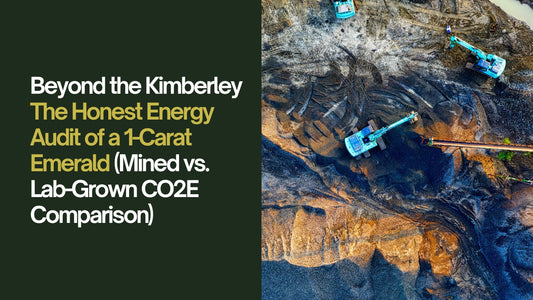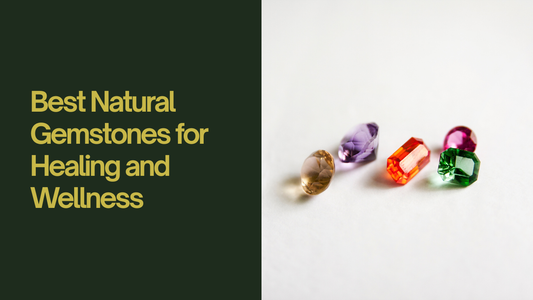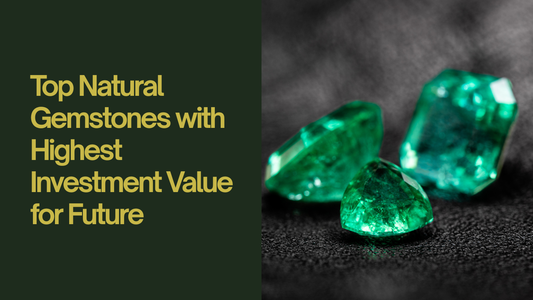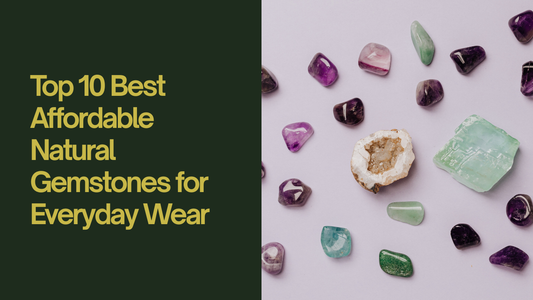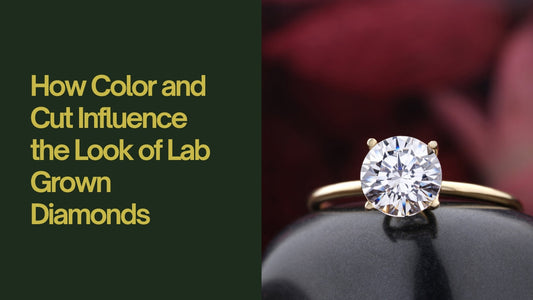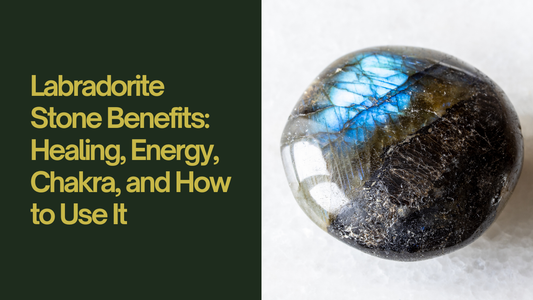
From Brown to Blue: The Heat Treatment Process of Tanzanite
Tanzanite stone is a rare and beautiful gemstone found only in one place on Earth: Tanzania. It is famous for its deep blue and violet colors. But did you know that most tanzanite does not look this way when it is first found? When miners dig up tanzanite from the ground, it is usually brown. So how does it turn into the bright blue and purple gem that we see in jewelry? The secret is heat treatment!
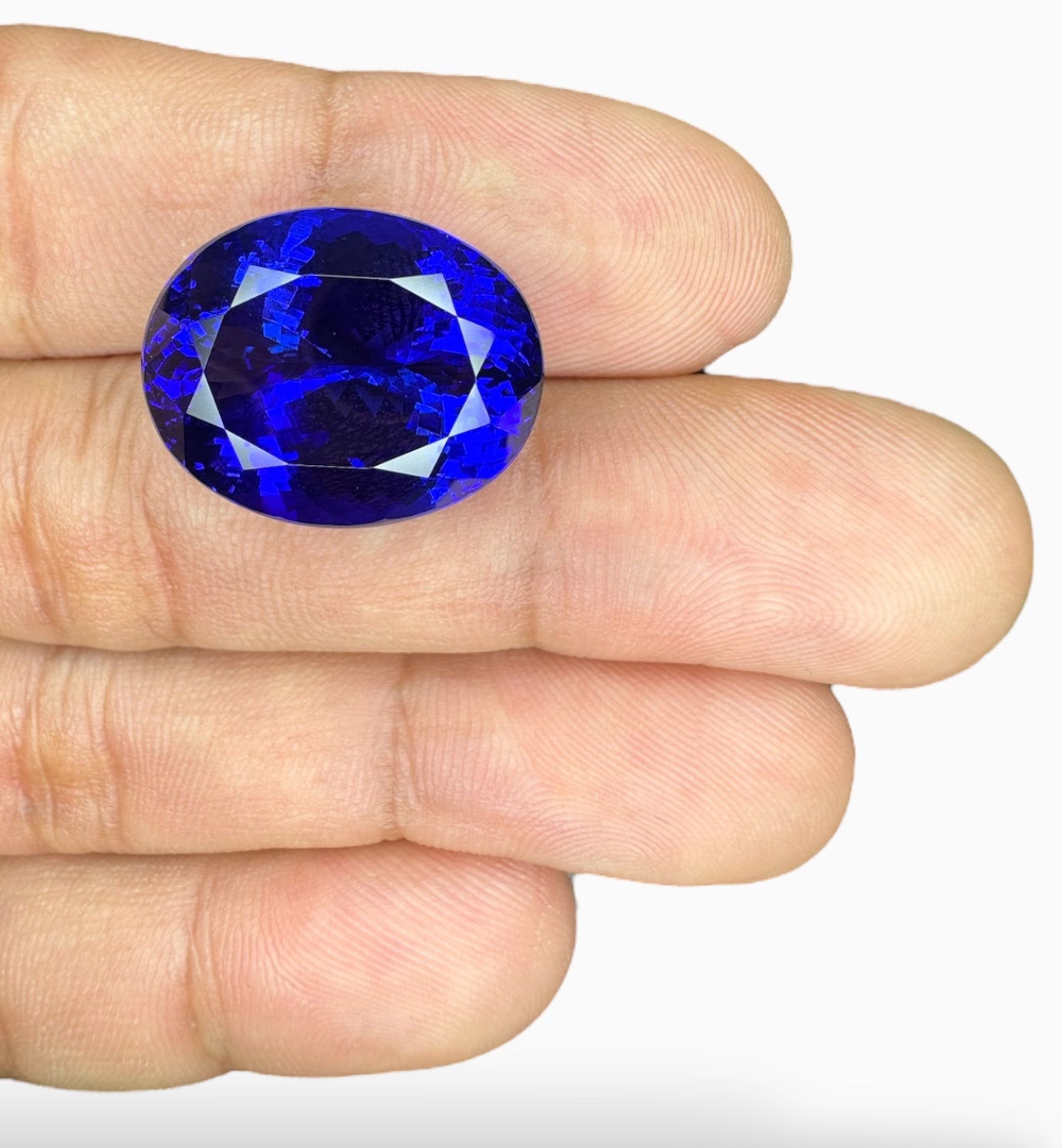
Why is Tanzanite Brown at First?
Tanzanite comes from deep inside the Earth. It forms under high heat and pressure for millions of years. While it is forming, small amounts of other minerals get trapped inside. These tiny minerals affect the color of the stone, making it look brown or dull.
How Does Heat Change Tanzanite?
To make tanzanite blue, the stone is heated in a special process. The heat removes the brown color and brings out the beautiful blue and violet shades. Here’s what happens:
-
The stone is placed in a furnace or oven – It is carefully heated at high temperatures between 500°C and 600°C.
-
The heat removes unwanted colors – The brown tint fades away as heat affects the iron and vanadium inside the stone.
-
Blue and violet colors appear – After heating, the stone shows its famous blue, violet, or purplish shades.
This process takes a few hours and does not harm the gem. It only improves the color, making the stone more beautiful and valuable.
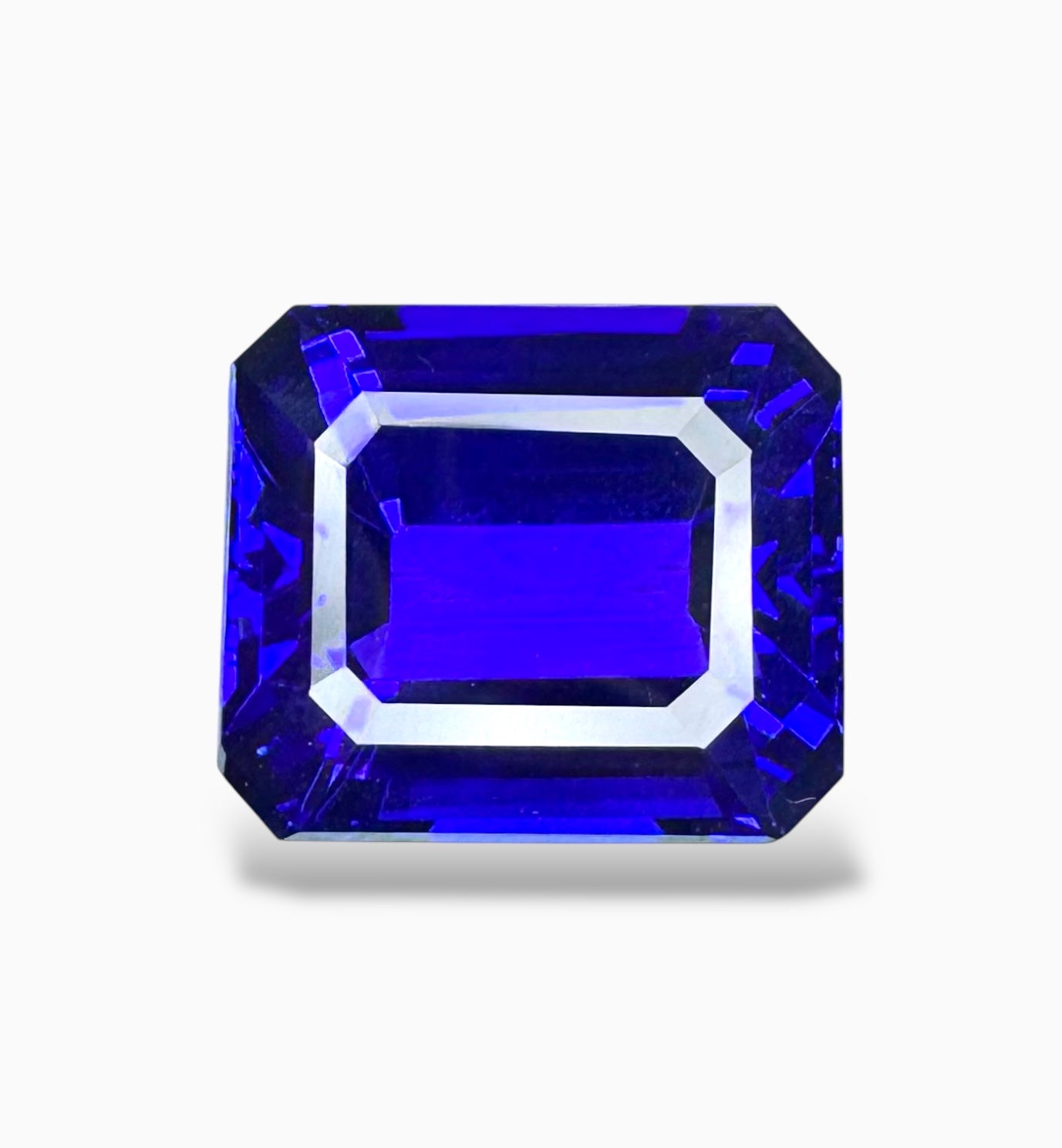
Is Heat Treatment Safe?
Yes! Heat treatment is a natural and safe way to improve tanzanite. It does not involve any chemicals, dyes, or harmful substances. The stone remains 100% real and natural, just with a better color. Even experts say that heat treatment is normal for tanzanite and does not reduce its value.
How to Tell If Tanzanite Has Been Heated?
Almost all tanzanite on the market today has been heated because natural blue tanzanite is extremely rare. However, a few pieces are found with natural blue colors, and they are more expensive. If you want to check if a tanzanite has been heated, here are some signs:
-
Bright, even blue color – Heated tanzanite has a deep blue or violet hue without brown or green tints.
-
No brown shades – Unheated tanzanite often has brown or yellowish areas inside the stone.
-
Certified reports – If you buy a tanzanite with a gemstone certificate, it will tell you if the stone has been heated.
Why is Heat Treatment Important?
Without heat treatment, most tanzanite would remain brown and would not be as valuable. The process allows people to enjoy the beautiful blue colors of the stone. It also makes tanzanite more affordable because more stones can be used for jewelry.
Fun Facts About Tanzanite’s Color Change
-
Before heating, about 90% of tanzanite is brown.
-
Heat treatment does not change the structure or quality of the gem, only its color.
-
Natural blue tanzanite is so rare that only one in a million stones is found with its perfect color.
-
After heating, some tanzanite stones show both blue and violet depending on the lighting. This is called trichroism!
Is Heat-Treated Tanzanite Still Valuable?
Yes! Heat-treated tanzanite is still real and valuable. It is not considered fake or altered in a bad way. Instead, it is seen as a normal process that helps the stone reach its full beauty. Almost all tanzanite jewelry you see in stores has been heated, and people love it for its amazing color.
Conclusion
Tanzanite is a rare and stunning gemstone, but it starts as a brown stone before it becomes the bright blue beauty we see in jewelry. Through the simple and safe process of heat treatment, tanzanite’s true colors shine through. This makes it one of the most unique and special gemstones in the world. The next time you see a tanzanite ring or necklace, remember the journey it took—from brown to blue!

